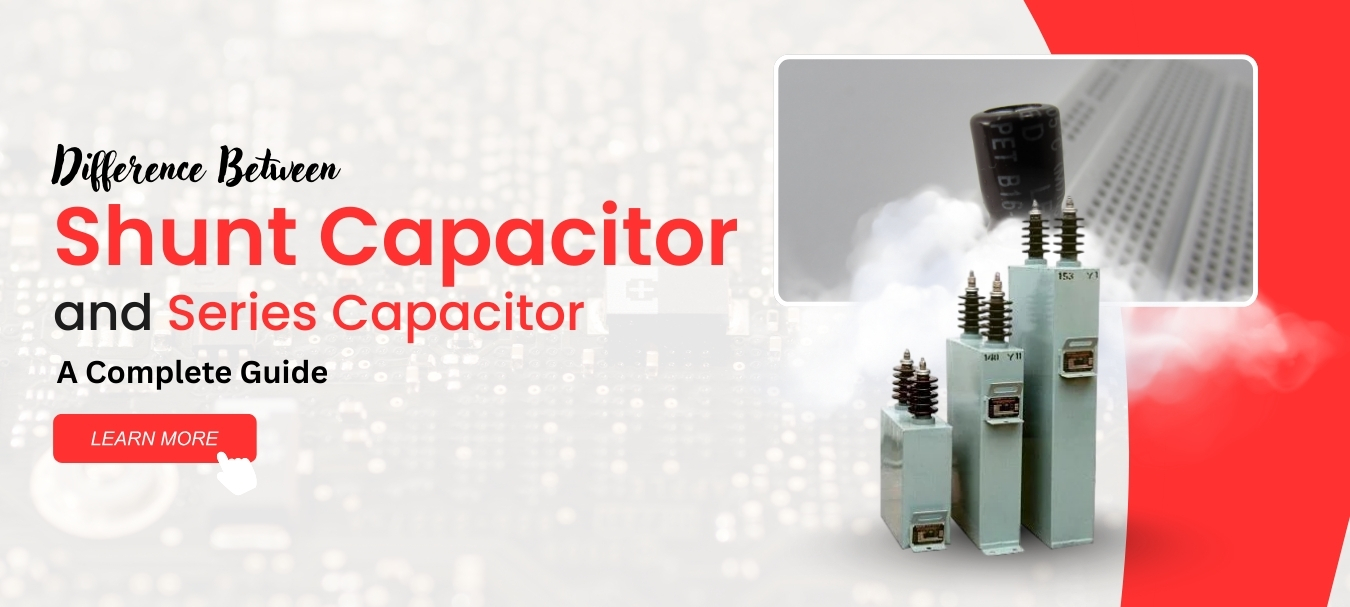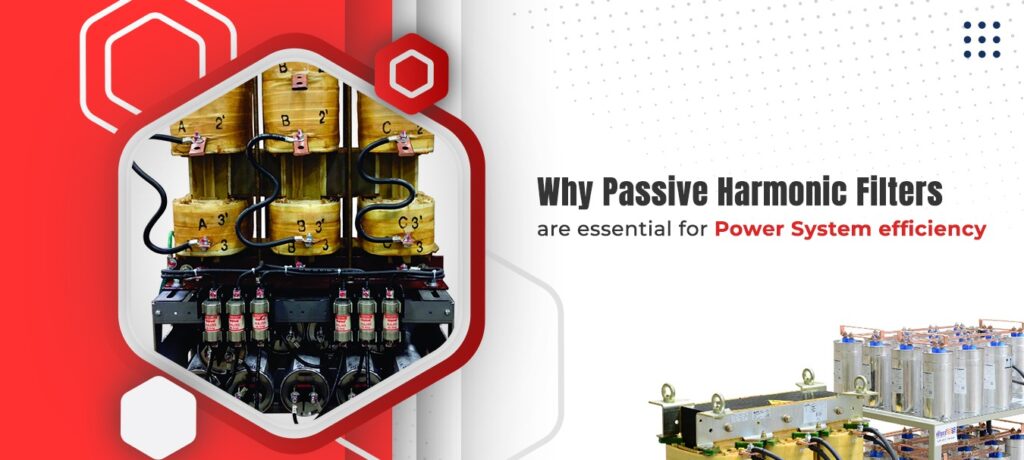Capacitors are fundamental components in electrical engineering, playing a crucial role in controlling and optimizing the flow of electric current in power systems. Among the various types of capacitors used in industries and power networks, shunt capacitors and series capacitors are particularly important. Understanding their characteristics, functions, and applications is essential for electrical engineers and technicians. The difference between shunt capacitor and series capacitor lies not only in their placement within a circuit but also in their operational impact on voltage, reactive power, and system stability, making it vital to choose the right type for specific applications.
What is a Shunt Capacitor?
A shunt capacitor, often called a parallel capacitor, is connected across the load or the line in a power system. Its primary function is to improve the power factor and maintain voltage levels by supplying reactive power locally. By providing reactive power, shunt capacitors reduce the amount of current drawn from the source, enhancing system efficiency and reducing losses. These capacitors are commonly used in industrial facilities, commercial buildings, and distribution systems to compensate for lagging loads, typically caused by motors, transformers, and other inductive devices. Shunt capacitors are relatively simple in design and maintenance, making them widely used in electrical networks.
Key Characteristics of Shunt Capacitors
Shunt capacitors are primarily designed to deliver reactive power (VARs) and improve voltage stability. They are connected in parallel to the load, meaning they share the same voltage as the system. This allows them to counteract the lagging current caused by inductive loads. The benefits of shunt capacitors include reducing transmission losses, improving power factor, and stabilizing voltage. However, they do not directly affect the line current in a series path, and their influence is limited to compensating reactive power locally. This makes them ideal for applications where voltage support is needed rather than modifying the current flow through the line.
What is a Series Capacitor?
In contrast, a series capacitor is connected in line with the load or the transmission line. Its primary purpose is to reduce the effective inductive reactance of the line, which improves voltage regulation and enhances the transmission capacity of the network. Series capacitors inject a voltage in series with the line, partially canceling the inductive drop caused by long transmission lines. This results in increased active power transfer capability and improved stability in the power system. Series capacitors are particularly useful in high-voltage transmission systems, where line reactance can significantly limit power transfer and affect system reliability.
Key Characteristics of Series Capacitors
Series capacitors operate differently from shunt capacitors. By being connected in series with the line, they influence the overall impedance of the circuit. This reduces voltage drop along the line and increases the amount of active power that can be transmitted. Series capacitors also enhance system stability during transient conditions and support longer transmission distances without excessive voltage loss. However, these capacitors require careful protection measures against overvoltages and resonance conditions, as series compensation can introduce challenges in fault scenarios. Their design and maintenance are more complex compared to shunt capacitors.
Functional Differences Between Shunt and Series Capacitors
The functional distinction between shunt and series capacitors is rooted in their method of connection and purpose. Shunt capacitors are connected in parallel and primarily supply reactive power to improve voltage and power factor. Series capacitors, on the other hand, are connected in line with the circuit and reduce line reactance to improve voltage regulation and increase transmission capacity. Understanding this difference is crucial when planning power systems, as using the wrong type can lead to inefficiency, voltage instability, or excessive losses. Essentially, shunt capacitors support the load locally, while series capacitors support the network by modifying line characteristics.
Applications of Shunt Capacitors
Shunt capacitors are widely applied in industrial and commercial electrical systems to enhance power factor and reduce utility penalties. They are suitable for systems with significant inductive loads, such as motors, compressors, and HVAC systems. These capacitors are often installed in capacitor banks and can be switched automatically based on load conditions. Shunt capacitors are also used in distribution networks to maintain voltage levels and reduce losses, especially in areas with long distribution lines. Their installation improves energy efficiency and reduces operational costs in large-scale electrical networks.
Applications of Series Capacitors
Series capacitors are predominantly used in transmission systems where line reactance limits the power flow. They enable higher power transfer over long distances and improve voltage regulation under heavy load conditions. Series capacitors also help in stabilizing power systems during contingencies, such as sudden load changes or faults. They are often combined with protective devices like surge arresters and bypass reactors to ensure safe operation. These capacitors are critical in high-voltage networks, where enhancing transmission efficiency without building new lines can save significant infrastructure costs.
Choosing Between Shunt and Series Capacitors
Selecting between shunt and series capacitors depends on the specific requirement of the power system. If the goal is to improve power factor, reduce losses, and stabilize voltage locally, shunt capacitors are the ideal choice. For increasing transmission capacity, improving voltage regulation over long lines, or stabilizing system operation, series capacitors are more suitable. Often, large electrical networks use a combination of both to achieve optimal performance. Understanding the difference between shunt capacitor and series capacitor helps engineers make informed decisions to enhance system efficiency, reliability, and stability.
Final Thoughts
In summary, shunt and series capacitors serve distinct but complementary roles in electrical power systems. Shunt capacitors improve voltage, supply reactive power, and enhance power factor at the load side, while series capacitors reduce line reactance, improve transmission efficiency, and support system stability. Recognizing the difference between shunt capacitor and series capacitor is essential for proper system design and operation. By carefully analyzing the needs of a network, engineers can deploy the appropriate capacitor type to achieve optimal performance, ensuring reliable and efficient power delivery across industrial, commercial, and utility systems.
If you are an owner of an industrial or commercial facility and are looking for solutions to optimize power usage, reduce energy losses, and ensure consistent performance, Usha Power provides a comprehensive range of high-quality capacitors designed to meet the exact needs of your system. We offer personalized guidance, precise selection of capacitors, and ongoing support to ensure your electrical infrastructure performs at its best. At Usha Power, our focus is on helping your facility operate efficiently, safely, and reliably while achieving long-term energy savings.




